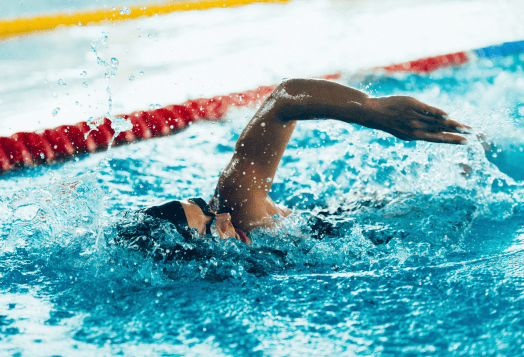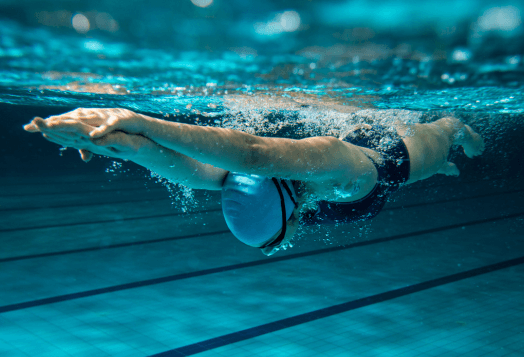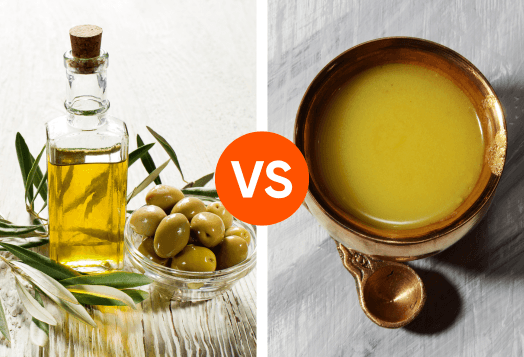The first dip into a pool often starts with a splash, a flutter of arms, and the thrill of weightlessness. Some strokes feel effortless, slicing through water with ease, while others demand focus, strength, and perfect timing. Mastering the different types of swimming techniques turns that initial chaos into a graceful rhythm, transforming each lap into a smooth conversation with the water.

The first dip into a pool often starts with a splash, a flutter of arms, and the thrill of weightlessness. Some strokes feel effortless, slicing through water with ease, while others demand focus, strength, and perfect timing. Mastering the different types of swimming techniques turns that initial chaos into a graceful rhythm, transforming each lap into a smooth conversation with the water.
Understanding the Four Competitive Swimming Strokes
When it comes to competitive swimming, there are four primary types of swimming strokes that dominate the pool. Each one requires a unique rhythm, body posture, and breathing technique.
1. Freestyle (Front Crawl)
Freestyle is often the first stroke that comes to mind when you think of swimming techniques for beginners, especially when introducing swimming for kids, and for good reason. Also called front crawl, this is the fastest stroke in the water and the go-to for competitive events like the 100m freestyle.
Technique Tip: Keep your streamline position tight, engage in a flutter kick, and rotate your body slightly with each arm pull for optimal speed.
Why It’s Popular: Efficient, fast, and suitable for long distances.
Fitness Tip: Swimming drills like single-arm freestyle or kickboard flutter kicks can refine your form.
2. Backstroke
Backstroke swimming flips the script literally. Swimmers glide on their backs, which makes breathing easier, but maintaining direction can be a challenge.
Technique Tip: Keep your hips high, perform a continuous flutter kick, and ensure your arm recovery phase clears the water cleanly.
Why It’s Popular: Ideal for building swimming endurance without straining the neck for breathing.
Fun Fact: Backstroke is the only competitive stroke that starts in the water.
3. Breaststroke
The breaststroke is often the most comfortable for beginners, with its frog-like scissor kick and slower pace.
Technique Tip: Focus on timing. Kick, glide, and pull with a calm rhythm to maintain efficiency.
Why It’s Popular: The face frequently comes out of the water, making swimming breathing techniques easier to learn.
Pro Tip: Don’t let your knees drop too low during the kick; it increases drag.
4. Butterfly
The butterfly stroke is as beautiful as it is demanding. Known for its dolphin kick and simultaneous arm movement, it’s the stroke that tests swimming coordination the most.
Technique Tip: Keep your chest driving forward, maintain a wave-like body motion, and breathe every 2-3 strokes to avoid fatigue.
Challenge: Requires core strength and rhythm, making it tricky for beginners, but incredibly rewarding once mastered.
Additional Swimming Styles to Explore
Beyond the competitive types of swimming strokes, there are several other swimming styles that serve different purposes, from leisure to fitness.
1. Sidestroke
A classic, sidestroke is favoured for its leisurely pace and energy efficiency.
Benefits: Ideal for long-distance swimming and rescue scenarios because one arm remains free.
Breathing: Effortless, as your head stays above water for most of the stroke.
2. Elementary Backstroke
Often a first lesson in swimming techniques for beginners, the elementary backstroke combines a frog-like kick with simple arm sweeps.
Benefits: Slow and controlled, perfect for teaching swimming posture and body awareness.
Breathing: Natural and relaxed since your face remains above water.
3. Combat Sidestroke
Used by military swimmers and lifeguards, the combat sidestroke focuses on stealth and efficiency.
Benefits: Conserves energy for long distances, ideal for survival and tactical swimming.
Breathing: Smooth and flexible, allowing easy inhalation without breaking stroke rhythm.
4. Trudgen
An old-school hybrid stroke that merges freestyle arm movements with a scissor kick.
Benefits: Historically known for speed and efficiency before front crawl dominated competitions.
Breathing: Similar to freestyle, with rhythmic side breathing during the arm recovery phase.

Mastering Swimming Techniques: A Step-by-Step Approach
If you’re wondering how to master different types of swimming, the secret lies in focus and consistency.
1. Focus on Body Position
A streamlined body position reduces drag and helps you glide effortlessly.
Imagine a straight line from head to toe.
Practice push-offs from the pool wall to feel the correct alignment.
2. Perfect Your Kicking Technique
Different strokes require different kicks:
Flutter kick for freestyle and backstroke
Dolphin kick for butterfly
Frog kick for breaststroke
Tip: Short, quick kicks from the hips, not the knees, increase swimming speed.
3. Arm Movements and Timing
Breaking down the catch, pull, push, and recovery phases of each stroke is essential.
For freestyle swimming technique, combine high-elbow pulls with smooth rotation.
In butterfly, synchronise arms with your core wave motion.
4. Breathing Techniques
Swimming breathing techniques are the key to endurance.
Bilateral breathing in freestyle prevents neck strain.
Backstroke allows natural breathing, while butterfly benefits from quick forward breaths.
5. Consistent Practice and Drills
Muscle memory is built in the water, not on land.
Incorporate swimming drills like kickboard sprints, single-arm strokes, and underwater glides.
- Increase your swimming endurance gradually to master all stroke techniques, leveraging the benefits of swimming vs running for a balanced fitness approach.
Common Mistakes to Avoid in Swimming Techniques
Even experienced swimmers can fall into habits that slow them down or sap their energy. Here are a few to watch out for:
1. Incorrect Body Alignment
If your hips drop or your head lifts too high, the water will push back against you like a wall. Staying in a streamlined position helps you glide smoothly and saves precious energy.
2. Inefficient Kicking
Kicking from the knees or splashing wildly might feel powerful, but it actually slows you down. A controlled kick from the hips keeps you moving efficiently without draining your stamina.

3. Poor Breathing Patterns
Holding your breath or lifting your head too often breaks your rhythm and leaves you gasping. Smooth, timed breathing keeps oxygen flowing and your stroke steady.
4. Overexertion
Going all out from the start feels heroic until your arms and lungs give up halfway. Pace yourself to maintain rhythm and finish strong without burning out.
Dive In and Master Your Stroke
Swimming is all about finding your rhythm, building confidence, and enjoying the journey. From the effortless glide of freestyle to the powerful sweep of butterfly, every stroke you learn opens a new way to experience the water. By practising consistently with swimming coaches, focusing on technique and breathing, and exploring different types of swimming strokes, you’ll not only improve your fitness but also unlock a lifelong skill.




